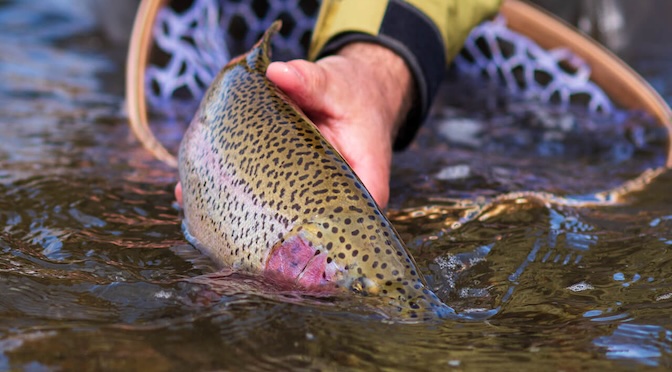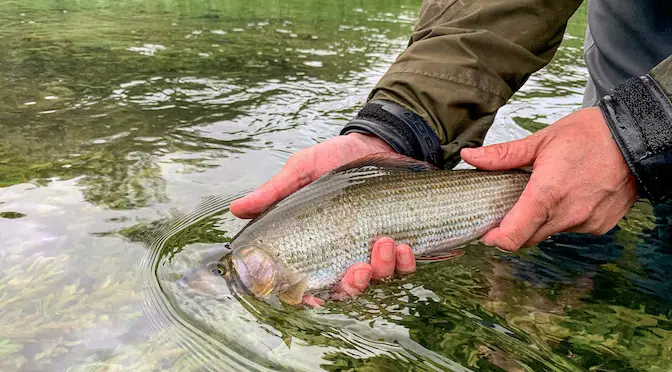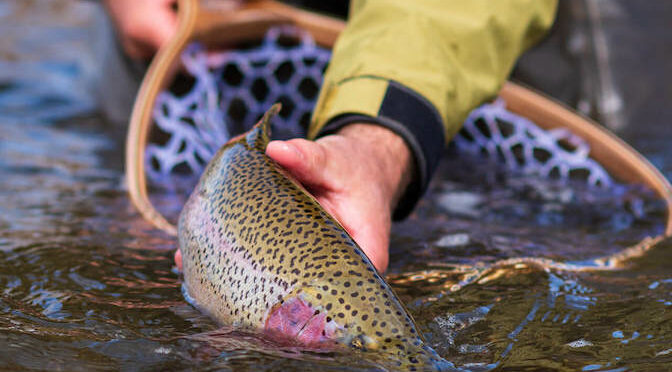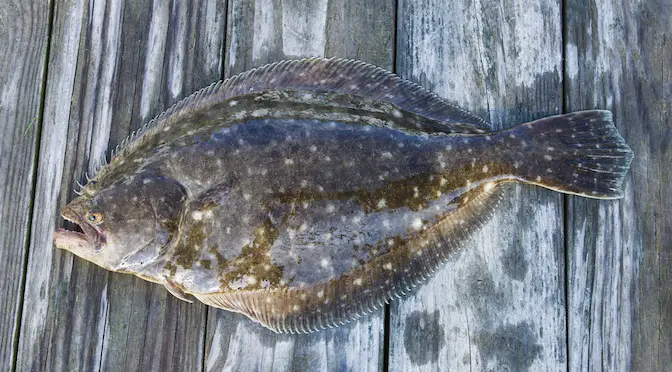- Wading Wisdom #13 – Simon Gawesworth - July 7, 2025
- On the Water with the Korkers Bantam Lite - June 26, 2025
- How to Find Trout in Rivers & Streams Anywhere - June 13, 2025
Fly fishing is a pursuit that marries skill with artistry, nature with technique.
Central to this experience is the equipment, and among the most crucial components of fly fishing gear is the fly reel. Like other pieces of fishing equipment, fly reels come in a variety of price ranges. So, what factors contribute to the cost of a fly reel? Let’s dive into the specifics.
Materials Used
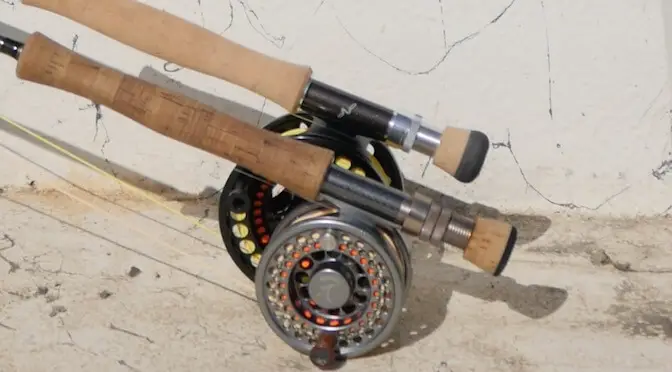
Fly reels can be made from various materials, including:
Aluminum: Premium reels are often machined from a single piece of high-grade aluminum, ensuring durability and long-term performance.
Composite: These are lighter and less expensive than aluminum but may not offer the same level of durability.
Stainless steel: Found in specific parts like screws or internal components, it’s prized for its corrosion resistance.
The choice of material not only impacts performance and longevity but also the reel’s cost. High-grade materials like aircraft-grade aluminum will drive up the price.

Manufacturing Process
There are two primary methods of creating a fly reel:
Machined: Reels made from a single block of metal. The process is more labor and time-intensive, leading to a sturdier and often more expensive product.
Die-cast: Liquid metal is poured into a mold. While it’s a less expensive production method, die-cast reels might not offer the same precision and durability as machined ones.
Drag System
The drag system is a mechanism that applies resistance to the line as a fish tries to swim away, preventing it from breaking the line or rod. There are several types of drag systems:
Click Drag: Simple, less expensive, but might not be suitable for larger fish.
Disc Drag: Offers better control and is suitable for bigger fish. Often found in pricier reels due to its superior performance.
Aesthetics and Design
Brands that focus on the aesthetics and ergonomics of the reel—engravings, unique colors, or innovative design features—may charge a premium. While these additions might not always enhance the reel’s performance, they can offer a personalized touch for the angler.
Brand Reputation
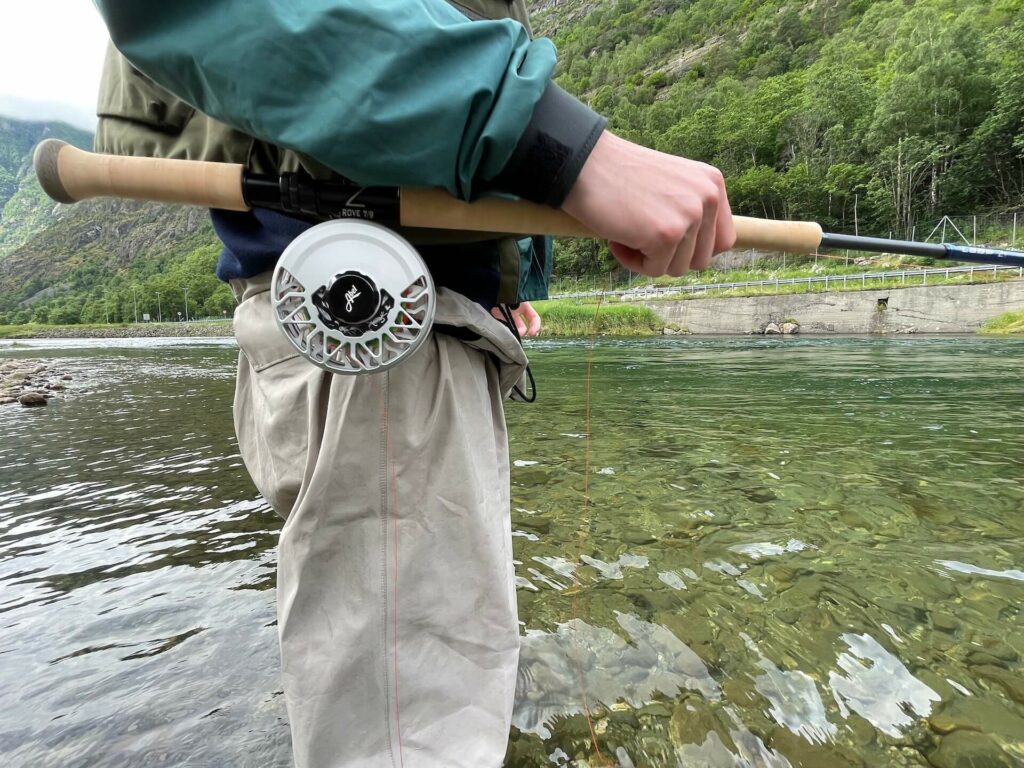
Established brands with a track record of producing high-quality products can command higher prices. Their years of experience, research, and development, combined with customer trust, contribute to the cost.
Specialized Features
Some fly reels come with features tailored for specific fishing conditions, like saltwater corrosion resistance or large arbors for faster line retrieval. These specialized features can raise the price.
Warranty and Customer Service
Companies that offer extended warranties or exceptional customer service might have slightly higher prices. However, the peace of mind and assurance of post-purchase support can make the additional cost worthwhile.

Conclusion
The world of fly reels is vast and varied. While it might be tempting to believe that higher prices always equate to better quality, the reality is more nuanced. It’s essential to consider what you genuinely need from a reel, the conditions you’ll be fishing in, and your budget. By understanding the factors that influence fly reel prices and armed with a bit of research, you can find a reel that provides both value and performance, ensuring many fruitful fishing adventures.
FAQs on Fly Reel Pricing Factors
Why are some fly reels so much more expensive than others?
The price differences can be attributed to various factors, including materials used, manufacturing processes, brand reputation, specialized features, and warranty provisions. Premium reels often offer enhanced durability, performance, and aesthetics.
Is it always better to go for a higher-priced reel?
Not necessarily. The best reel for you depends on your specific needs and budget. While pricier reels may offer better performance and longevity, many mid-range reels offer excellent value for money and can serve both beginners and experienced anglers well.
How can I know if I’m getting good value for my money?
Research and compare different reels in your budget range. Consider factors like material, drag system, and user reviews. A reel that offers a balance of quality and necessary features for your fishing needs at a price you’re comfortable with represents good value.
Do expensive reels offer better warranties?
Often, higher-end reels come with extended warranties, but this isn’t a strict rule. Always check the warranty details before purchasing. Some mid-priced reels might also offer excellent warranty provisions.
Can a cheaper reel perform as well as a more expensive one?
It’s possible, especially for beginner to intermediate anglers or for those who fish less frequently. While there may be a noticeable difference in build quality and advanced features, many budget-friendly reels perform admirably under standard fishing conditions.



